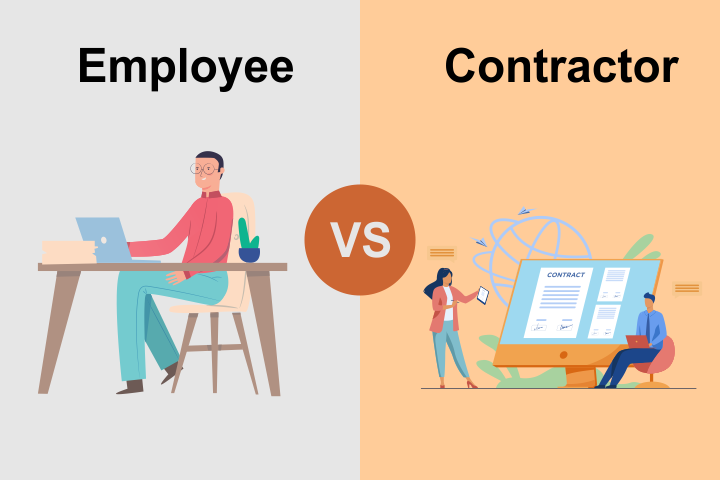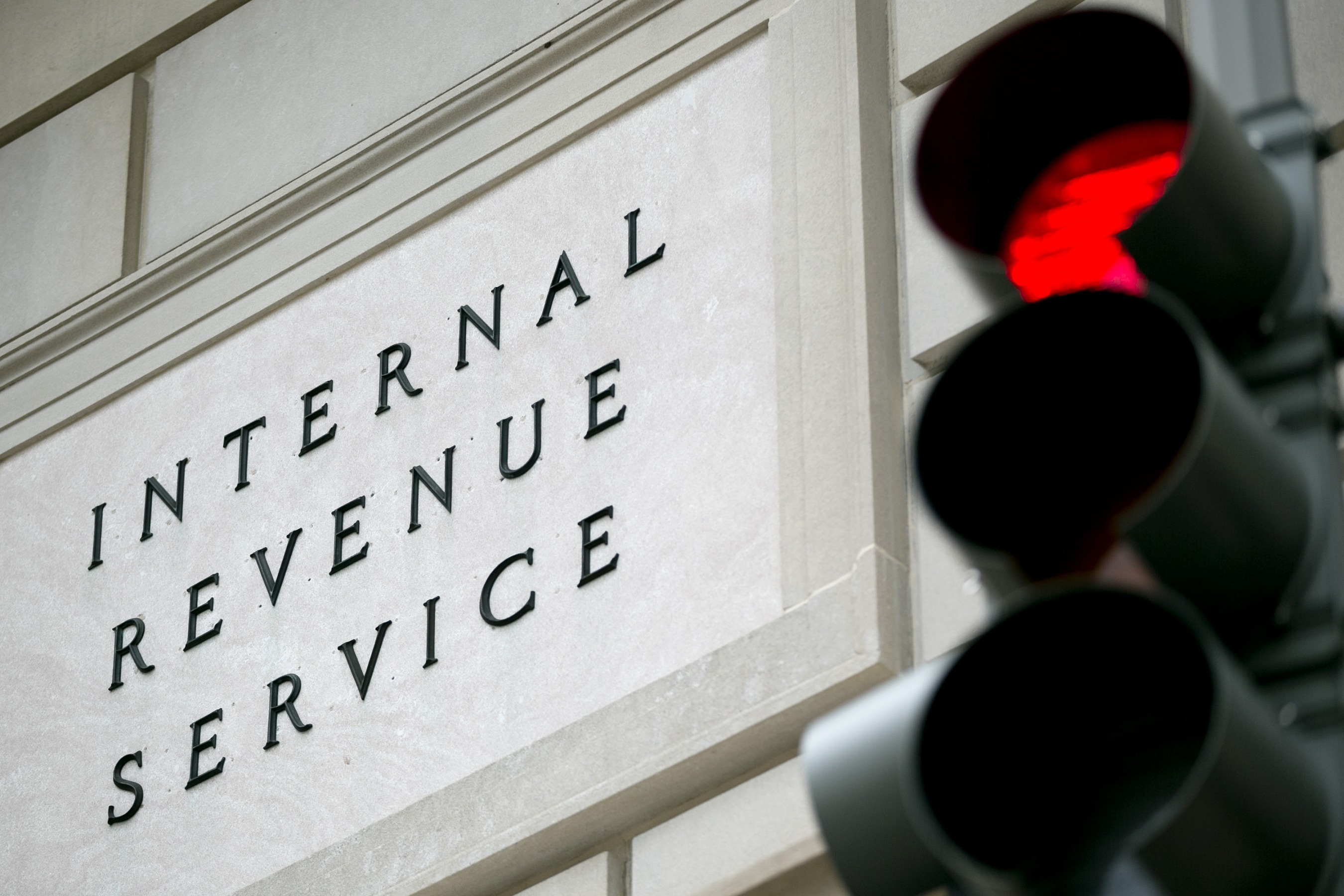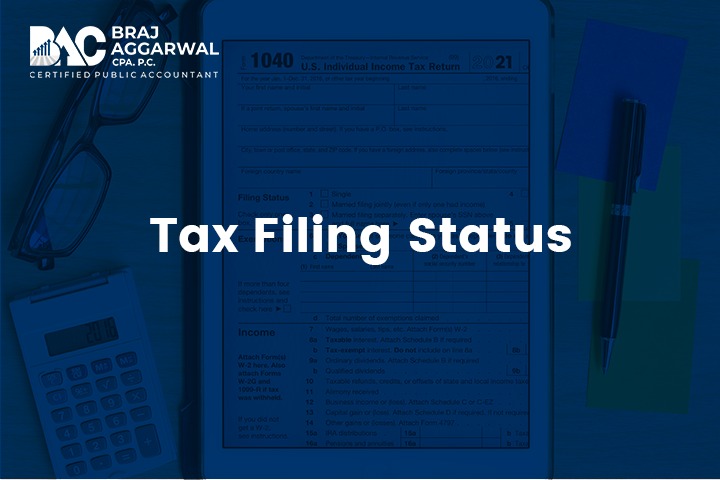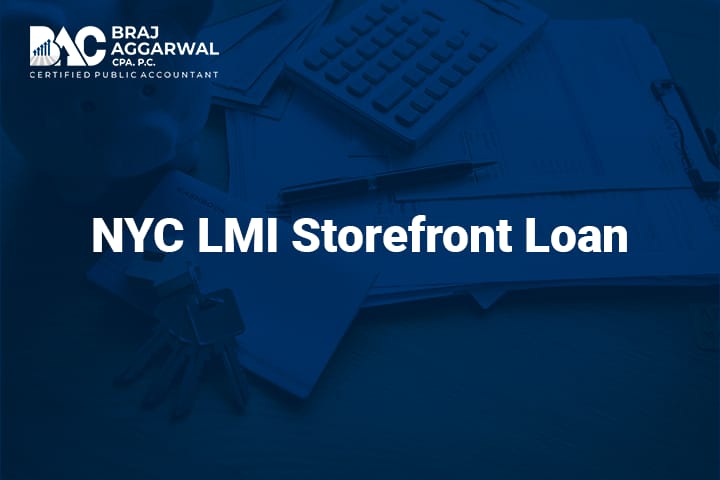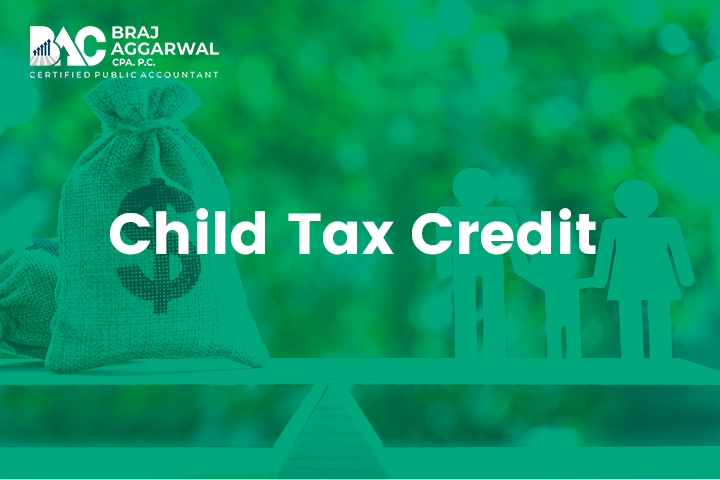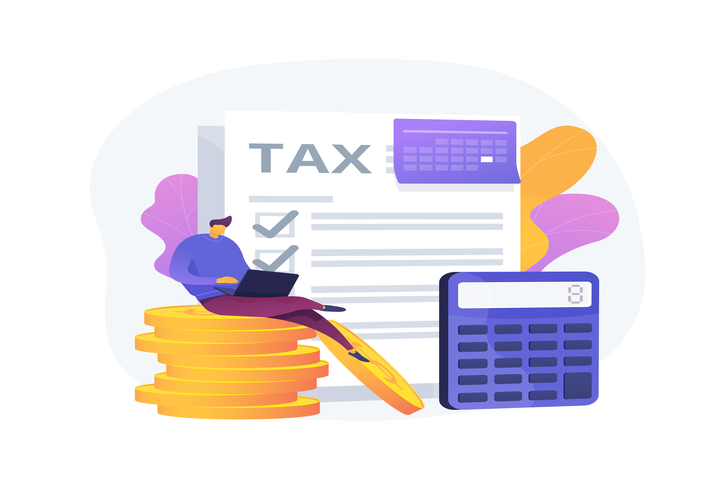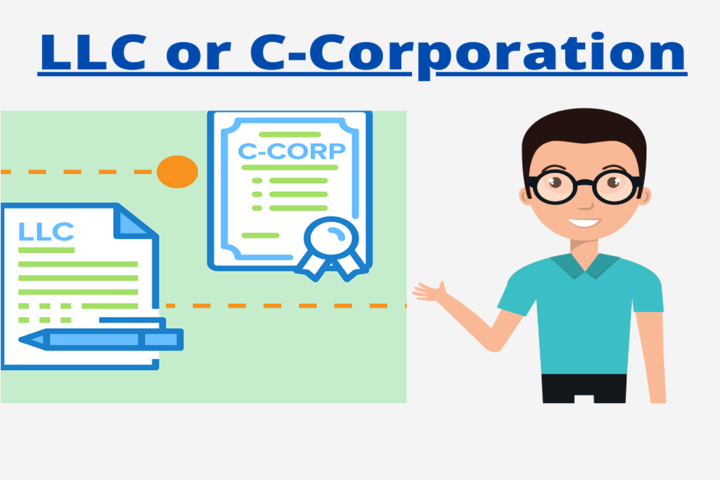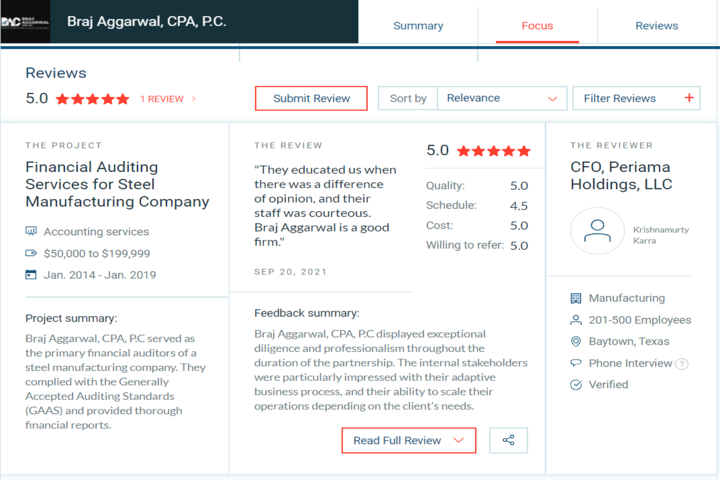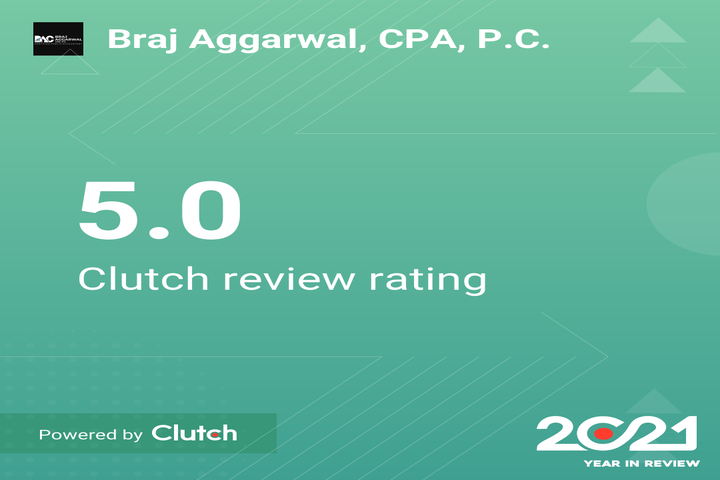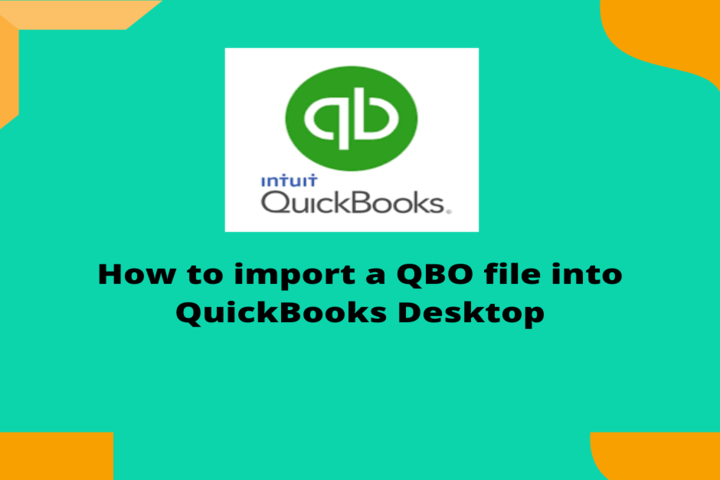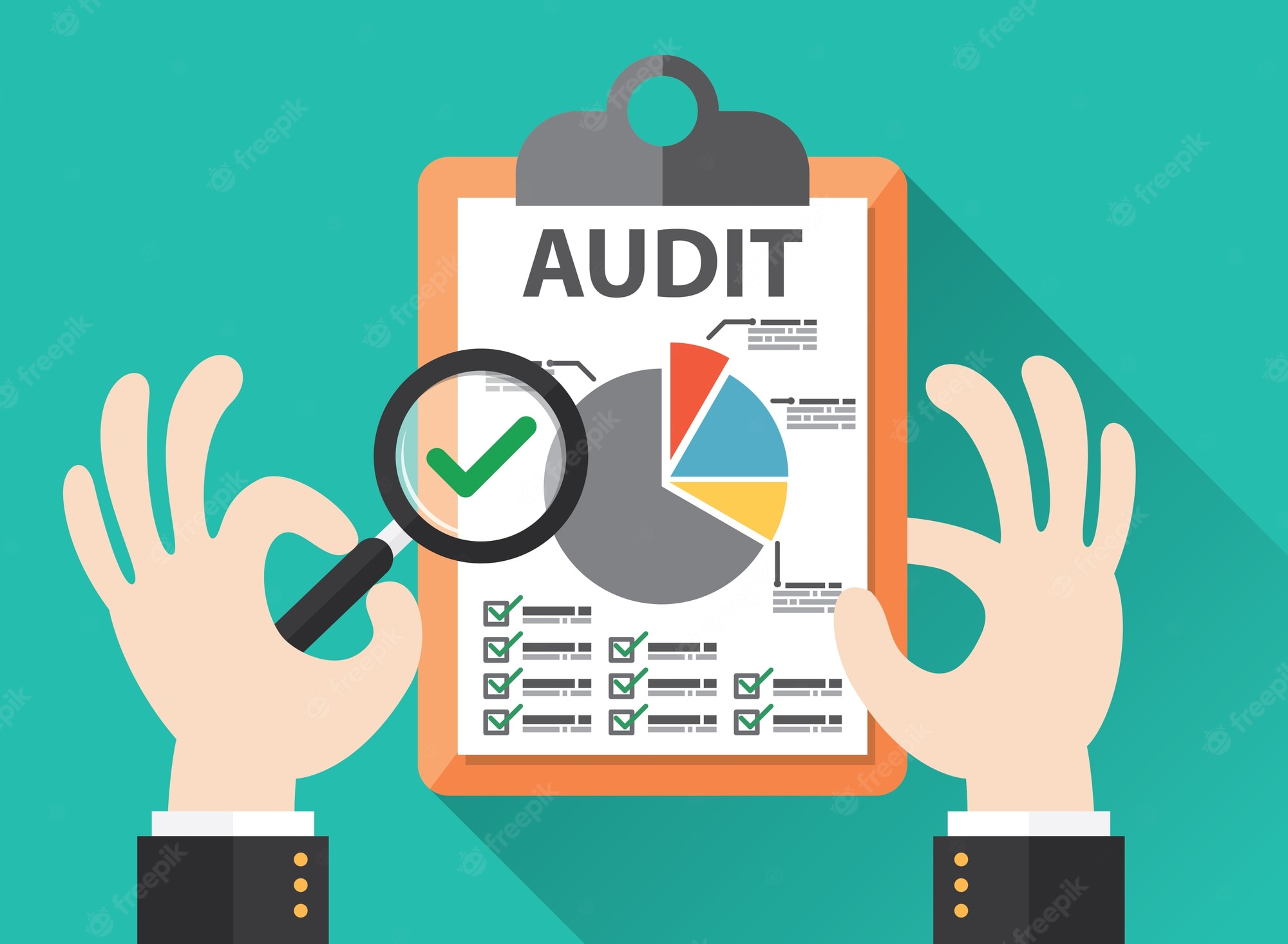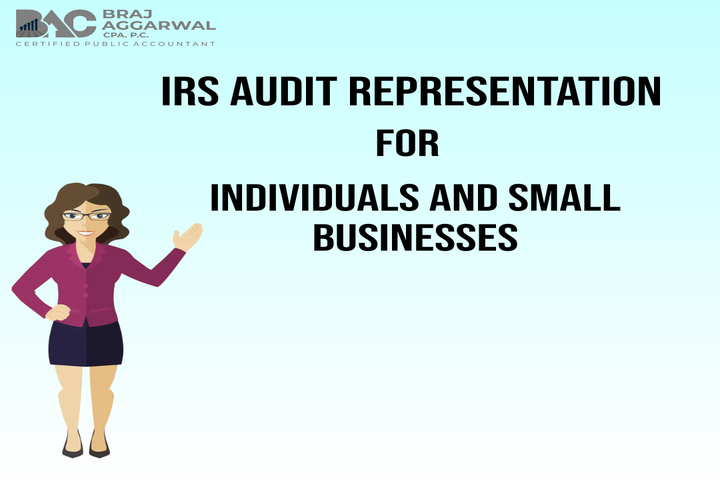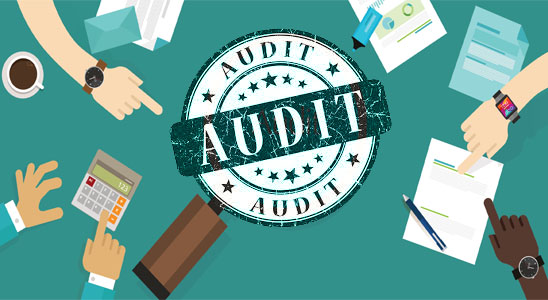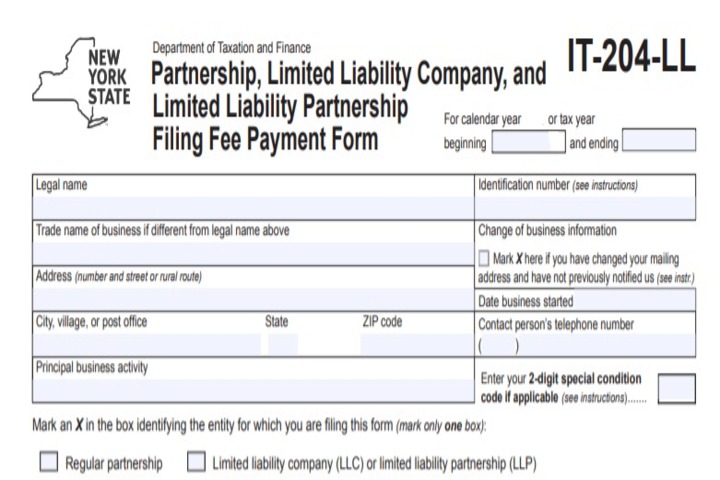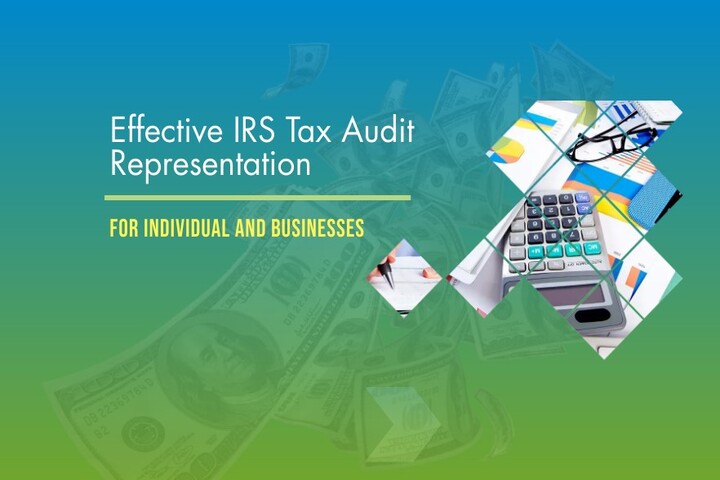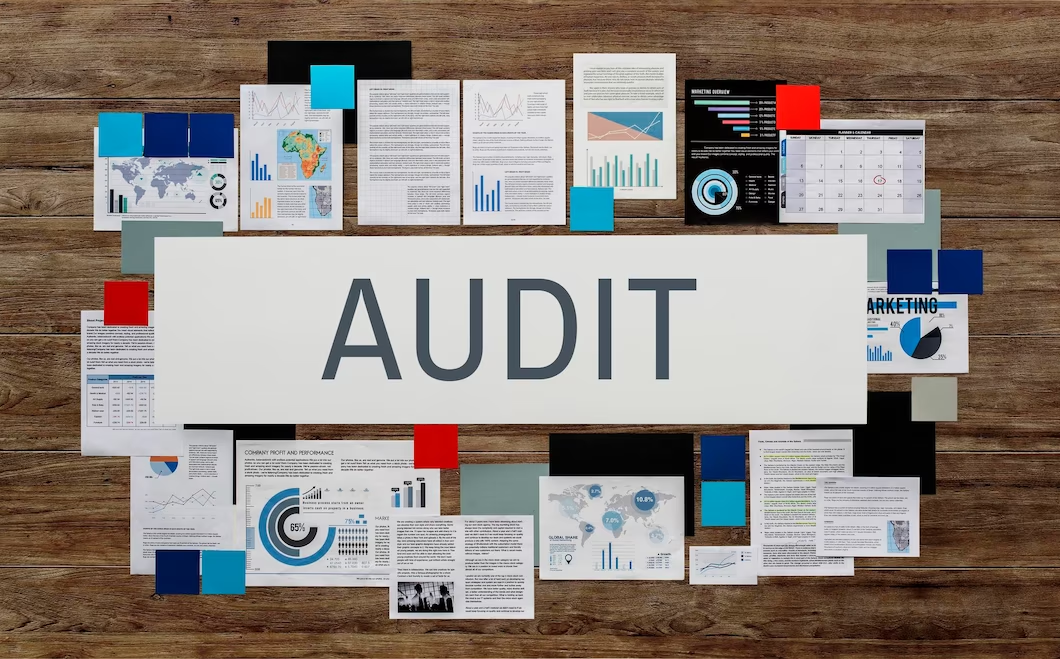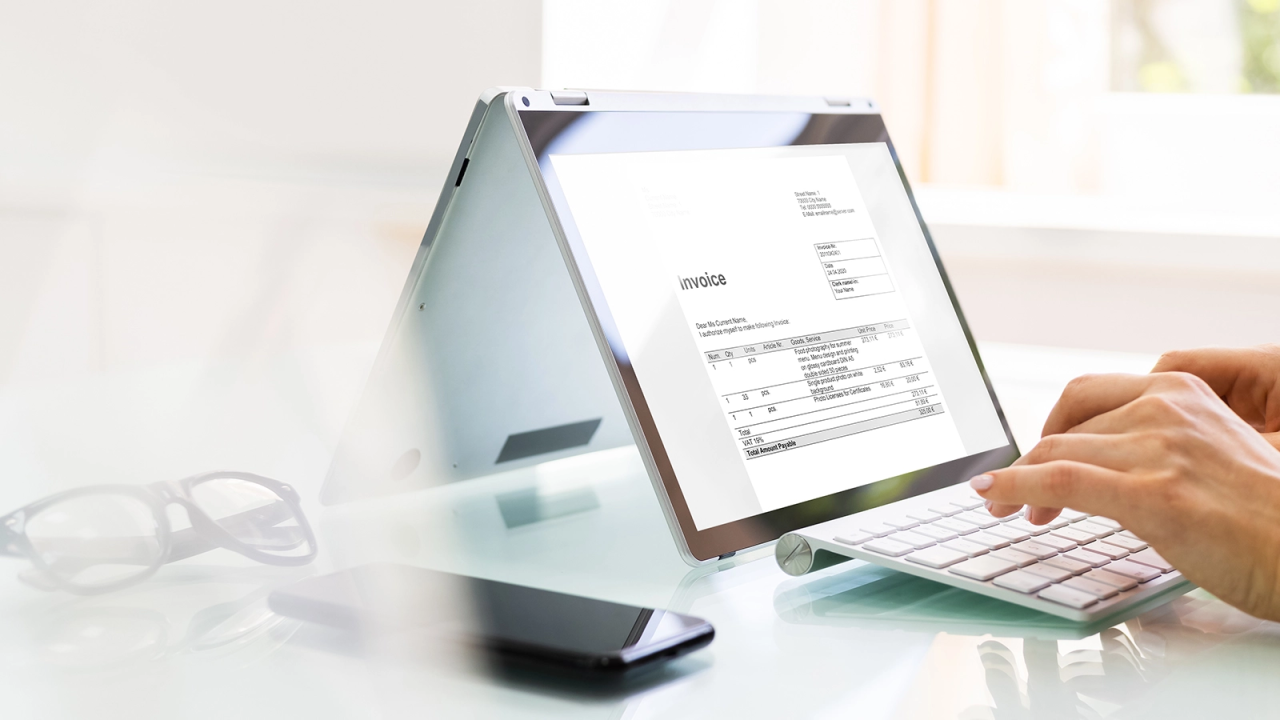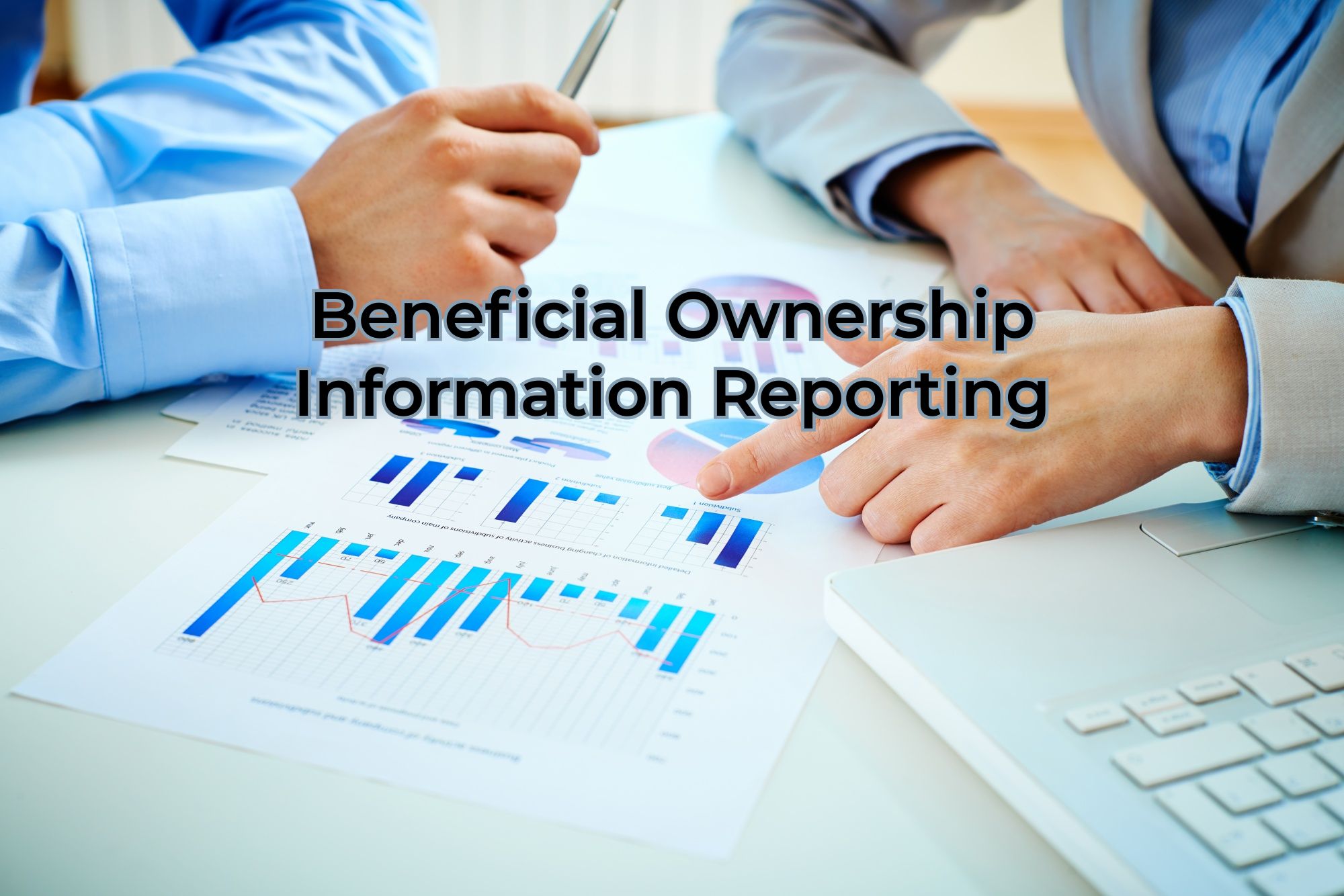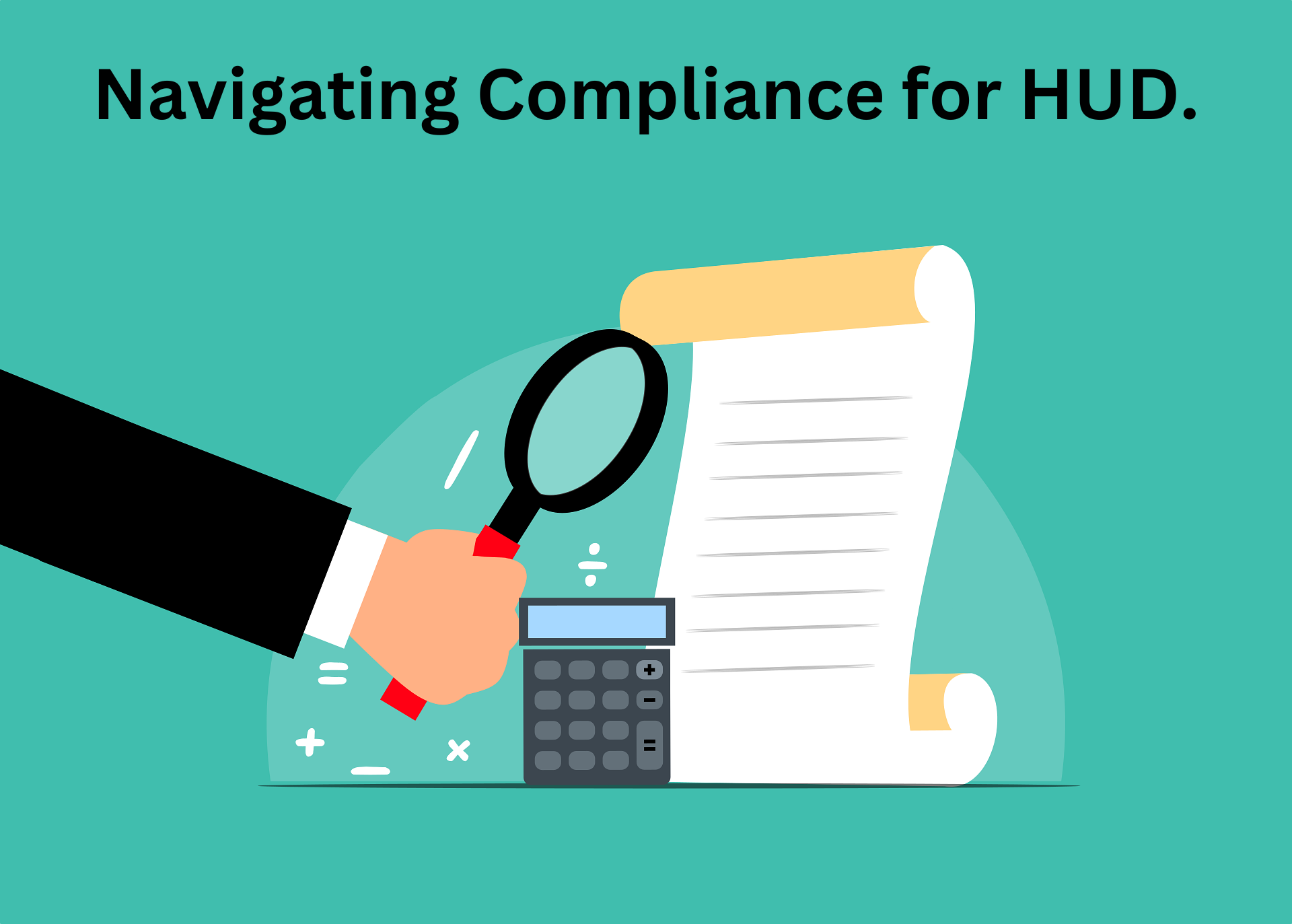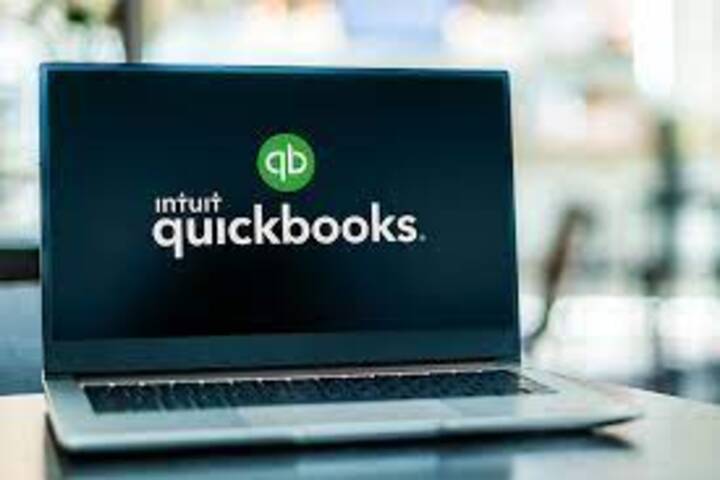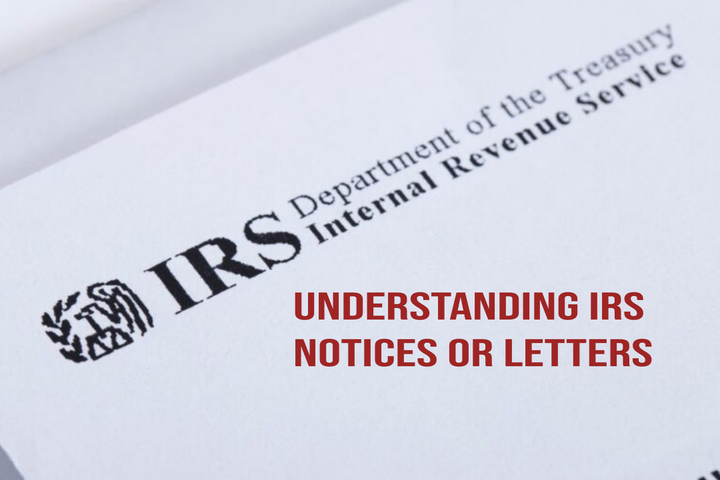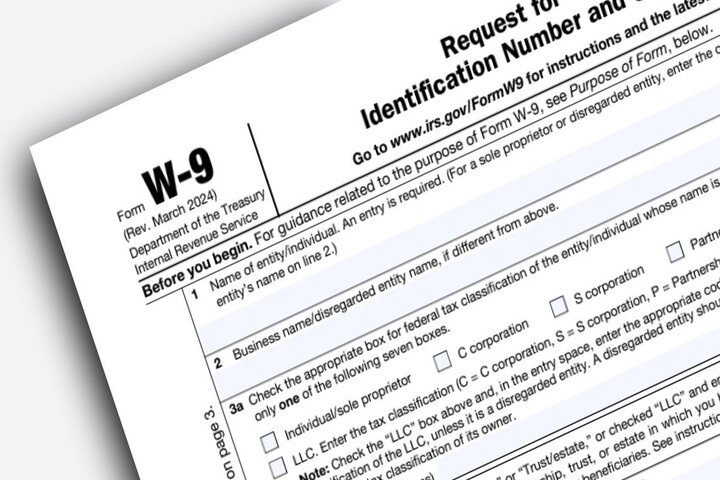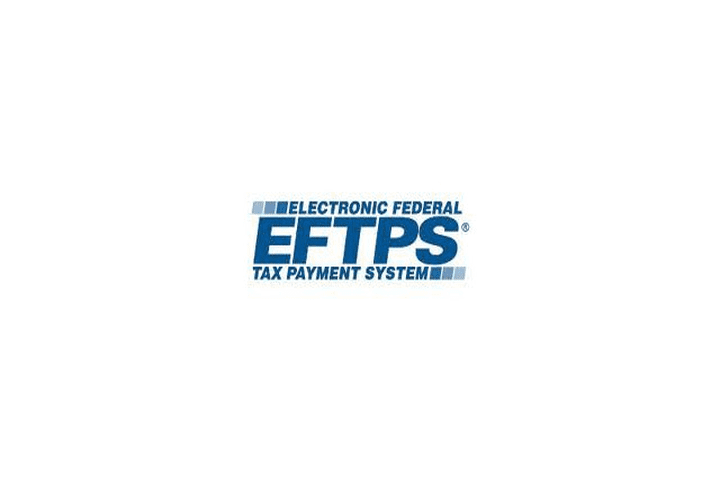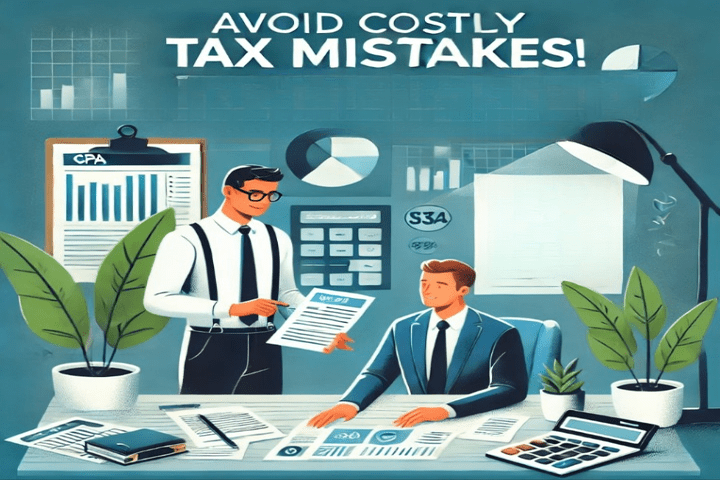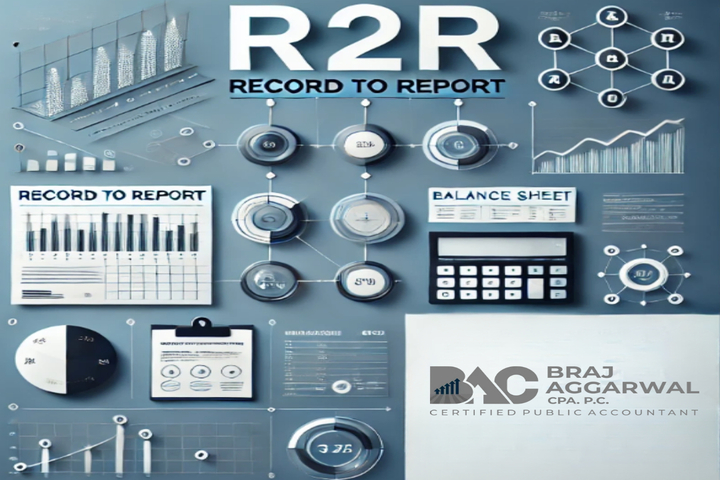Understanding the Charts of Accounts: A Guide for Business Owners
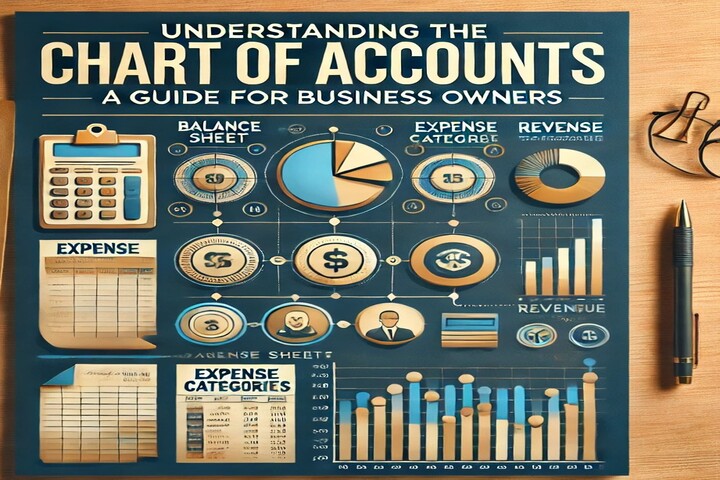
"The goal is not to 'manage' the accounts but to understand and optimize them for clearer, more actionable insights."
The crux of the above quote is an effectively streamlined Charts of Accounts is the backbone of financial clarity, enabling businesses to track, analyze and report financial data with precision and ease. If you're a business owner looking to understand and optimize your Chart of Accounts (CoA), this guide will answer all your key questions. From its structure and functionality to best practices and expert advice, the FAQs below will help you streamline your CoA for more accurate financial reporting and efficient management.
FAQs
1.What are the Charts of Accounts?
A chart of accounts (COA) is a financial organizational tool that provides a complete listing of every account in a company's general ledger, categorized into groups such as assets, liabilities, equity, and revenue. Each account typically has a unique reference number, a name, and a brief description.
2.How a Chart of Accounts works?
The CoA follows a principle known as double-entry accounting, for accurate financial reporting across the three primary financial statements: the balance sheet, the income statement, and the cash flow statement.
Every time you log something in the chart of accounts, you make two entries: a debit from one account and a credit to another.
Here's what this means in practice:
Say you buy a new employee laptop for $800. You'd debit $800 from the appropriate Asset accounts (in this case, Cash) and credit $800 to the appropriate Asset accounts (in this case, Computers). This way the chart of accounts stays balanced, with the sum of the two entries being zero every time.
The five major account types in a chart of accounts Assets, Liabilities, Equity, Income/Revenue, and Expenses— which are reflected in these financial statements:
3.What is the structure of Charts of Account?
The structure of a Chart of Accounts (COA) is a way of organizing financial information. It is usually set up in the same order as it appears on financial statements.
- First, you list balance sheet accounts like assets (what you own), liabilities (what you owe), and shareholders' equity (owners' interest).
- Then, you list income statement accounts, like revenue (money you earn) and expenses (money you spend).
Each of these main categories can have sub-accounts to break things down further. For example:
- Under revenue, you might have operating revenue (from normal business) and non-operating revenue (from things like selling assets).
- Under expenses, you might have operating expenses (like rent or salaries) and non-operating expenses (like interest on loans).
The COA helps organize all financial data clearly.
4.Why a well-structured Charts of Accounts with proper nominal code is important?
A proper nominal code structure is vital for the following reasons:
- Accurate Financial Reporting:
Example: By assigning unique nominal codes to different expense categories, such as office supplies (6001) and travel expenses (6002), the company ensures that these expenses are correctly reported in financial statements without mixing them up.
- Simplifies Analysis:
Example: When analyzing travel expenses, the finance team can quickly pull all transactions coded under 6002, allowing for easy comparison of travel costs month by month or year by year.
- Efficient Budgeting:
Example: With a clear nominal code for marketing expenses (7001), the marketing department can easily track their spending against the budget, ensuring they don’t overspend and allowing for adjustments as needed.
- Regulatory Compliance:
Example: During an audit, having well-structured nominal codes for tax-related accounts (such as sales tax payable 2201 and income tax expense 8001) makes it easier for auditors to verify the company’s compliance with tax regulations.
- Customizable for Business Needs:
Example: A retail business might create specific nominal codes for different product lines, such as electronics (4001), clothing (4002), and groceries (4003). This customization helps them track sales and profitability for each product line separately.
5. Is There a Single COA Format?
Not precisely. A company can use, create, or modify any format that it wishes. But experience has shown that the most common format organizes information by individual account and assigns each account a code and description. What's important is to use the same format over time for the consistency of period-to-period and year-to-year comparisons.
6.What are the best practices for setting up an effective Charts of Accounts?
- Each account should have a concise, clear description for easy identification and accurate reporting. This avoids confusion and errors in financial statements.
- Wait until year-end before merging, renaming, or deleting accounts to prevent confusion and reconciliation issues during tax season.
- Group similar items together to avoid creating excessive accounts. This simplifies management and avoids the need for extensive cleanup later.
- Keep the chart of accounts consistent from year to year for reliable comparisons. Frequent changes can distort data and violate GAAP guidelines.
- Use year-end as an opportunity to streamline the chart of accounts. A shorter, more focused chart enhances usability without sacrificing necessary details.
- Familiarize yourself with account number codes that represent account types. Most financial software assigns these automatically.
7. How Braj Aggarwal CPA, P.C. Can Help Streamline Your Chart of Accounts?
We as a CPA firm can streamline your Chart of Accounts by organizing it efficiently, ensuring consistency, and providing expert guidance tailored to your business needs. We will help simplify the structure, consolidate redundant accounts at year-end, and ensure each account is clearly described for easy identification. Additionally, we can recommend accounting software to automate account numbering and enhance financial tracking, all while ensuring compliance with industry standards and regulations.
Make us your success partner! Feel free to reach out to Braj Aggarwal, CPA, P.C. – a top-rated CPA firm in New York. Call us on (718) 426-4661 or visit our website www.aggarwalcpa.com



